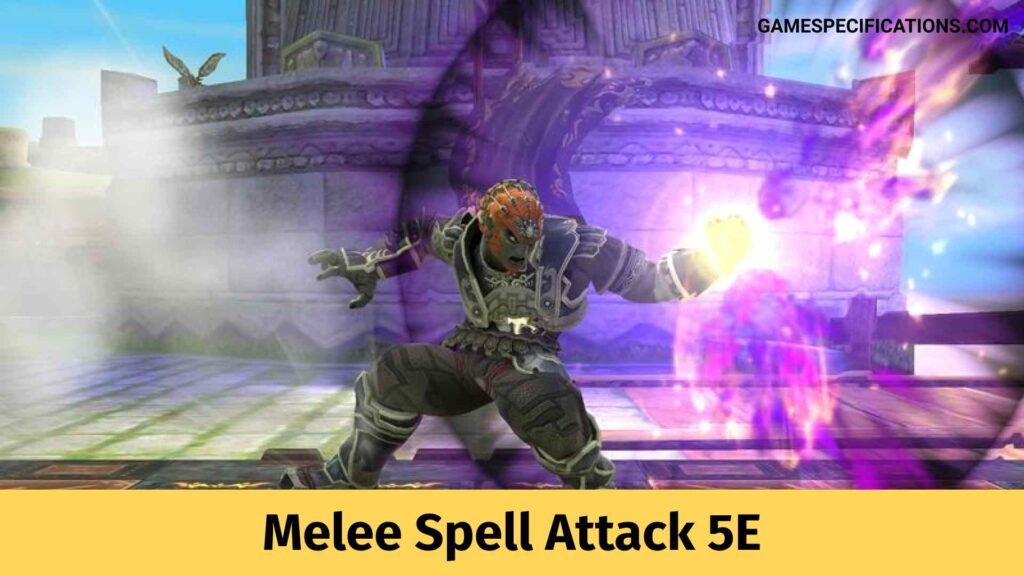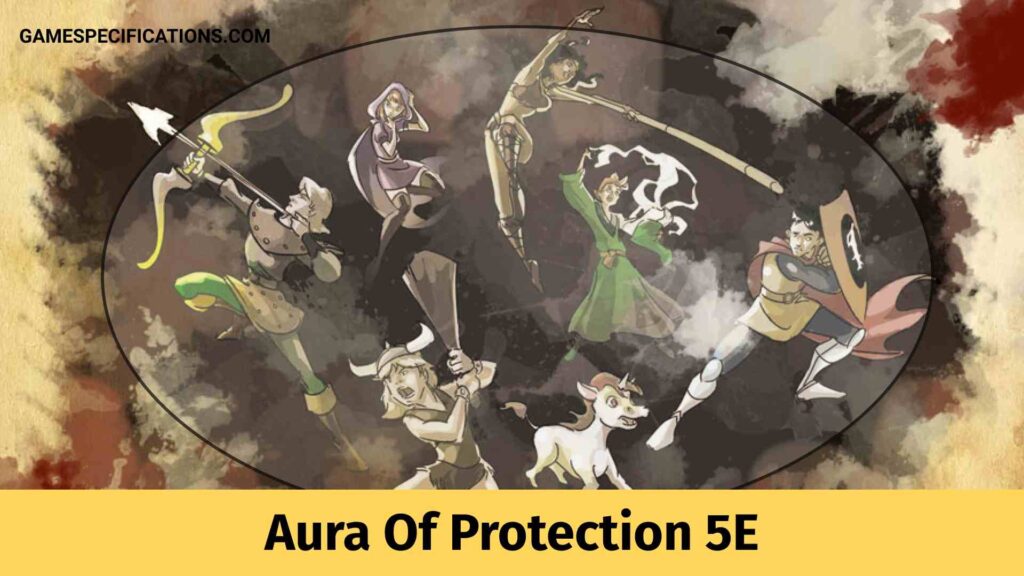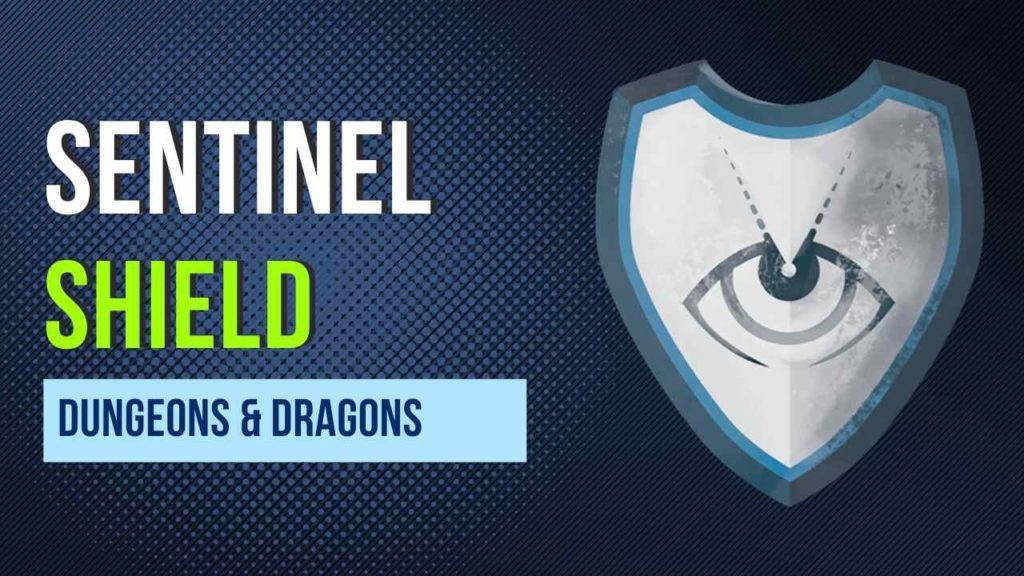Is Melee Spell Attack 5E attack a kind of a spellcasting ability? Or is it just one of the types of attack in the very famous Dungeons and Dragons 5E? Well, this article is about to answer this question and clear all such doubts.
Dungeons and Dragons 5E is a part of the fantasy role-playing video game series Dungeons and Dragons. The first game in the series was created in the year 1974. Further, the developers decided to split the series into two parts: the first part was Dungeons and Dragons (D&D) – The one which has a light rule system, and the second one was Advanced Dungeons and Dragons (AD&D) – The one which has a complex rule system.
Melee Spell attack 5E is basically spellcasting ability that follows all the rules of the Melee Attack.
What are Spell Attacks?
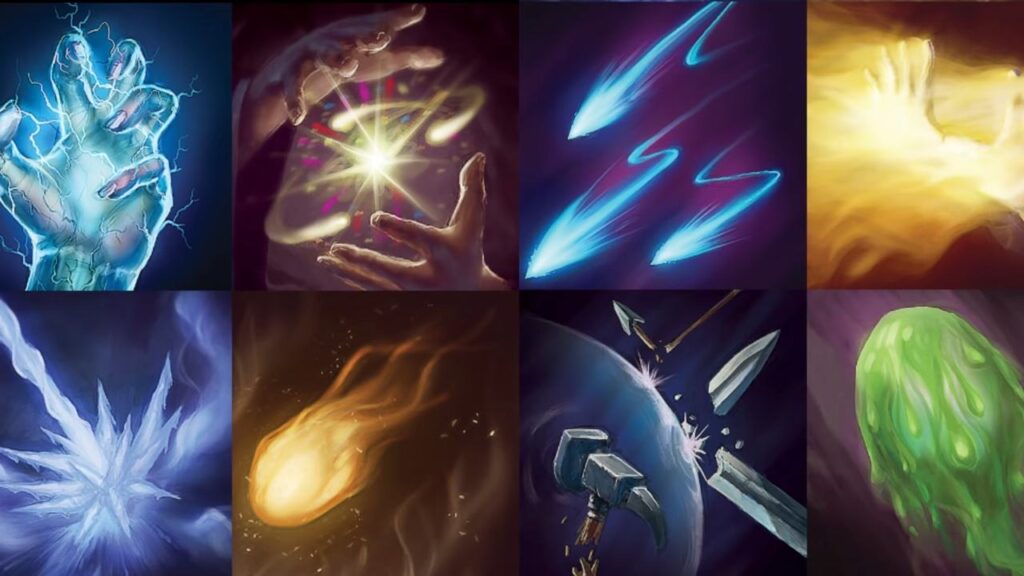
Magic in Dungeons and Dragons 5E is casting through spells. All character, classes, and Non-Character Players have their own distinct way of learning and preparing spells. However, all spells generally follow the same rules.
A spell is a discrete magical effect, a single shaping of the magical energies that suffuse the multiverse into a specific, limited-expression
Essentially character manipulates raw magic around them and releases them to achieve the desired effect. These desired effects can be multiple things including verities tools like great waters, damaging effects like a fireball, protective wards like a shield, and many more. There are more than hundreds of spells in Dungeons and Dragons, which are
categories in the following different ways:
- Spell level: This ranges between 0-9. A spell Level shows how powerful a spell is. The Level of spells scales along sides of the level of the spell cast. Some Spells can be cast at 0, like Canstrip (without the cause of expanding what the game calls a spell slot)
- Spell School: Spells with similar uses and outcomes are grouped together in the same school. The eight spell schools are listed below:
- Abjuration: Spell that focuses on protecting
- Conjuration: Spells that focus on transporting objects and creatures.
- Divination: Spells that reveal information
- Enchantment: Spells that affect the minds of other players
- Evocation: Spells that channel elemental or healing energy
- Illusion: Spells that affect the sense of other players
- Necromancy: Spells that manipulate the energy of life and death
- Transmutation: Spells that change properties of object, creature, or environment
No matter how many spells the character knows or has prepared there is a limit to how many Melee spell attacks 5E they can cast before resting. This is because using magic is mentally and physically exhausting. This casting limit is measured in a slot.
The higher the character’s level, the more spell spots are available with a higher spell level. When a character casts a spell they expend one of the spell spots of that spell’s level. These Spell spots are restored when the character takes a long rest.
In order to cast the spell, the character must know the spell very well, have the spell prepared and have the appropriate spell spot to expend for that spell. One more thing that the players must take into account is the Spell Components.
A spell’s components are the physical requirements the players must have in order to cast it.
Each Melee Spell Attack 5E description indicates whether it requires verbal components like magic words or somatic components like gestures or material components like a particular object. If one or more of the spell components are unavailable then the character cannot cast the spell.
Areas of the effect of Melee Spell Attack 5E
The description of the Spell also talks about its area of effect. The area of effect is basically covered in five different shapes namely: Cube, Cone, Line, Cylinder, or Sphere. Some spells like burning hands and cone of cold cover areas, allowing to affect multiple players at once.
What is a Melee Attack?
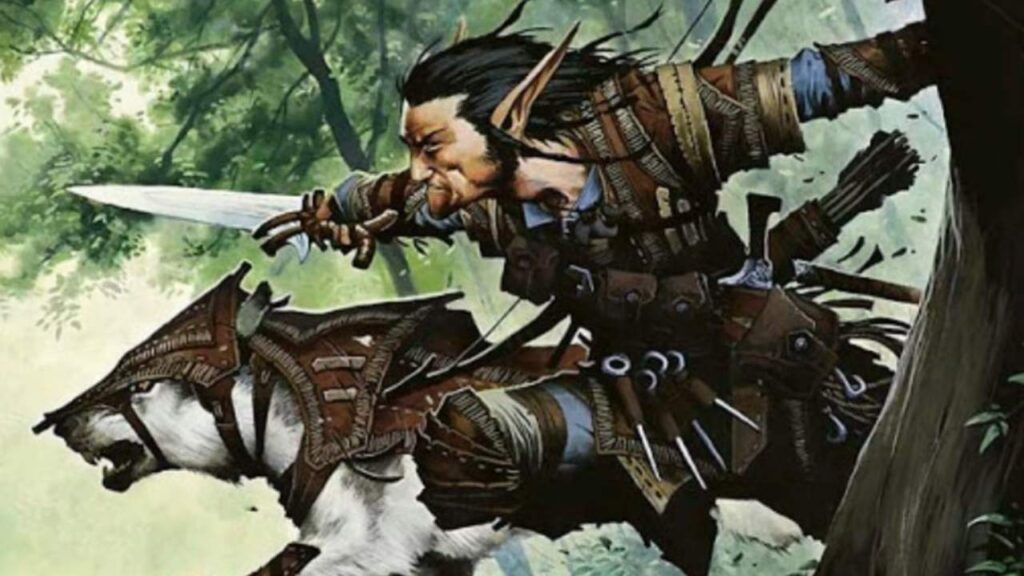
A melee attack allows the characters to attack a foe within their reach, using in hand-to-hand combat.
It uses handheld weapons like Warhammer or Sword. Monsters use their body parts like claws, teeth, tentacles, or horns to make Melee Attack. Melee Attacks made with weapons are known as Melee Weapon Attacks.
Rules for Casting the Melee Spell Attack 5E
Now, that you know what are spells, their effects, its time to know how exactly they are used. There are a few rules to caste spells. They are listed below:
- All spells have a casting time: This means the time taken by each spell to come into effect. (some require bonus action, reaction, or much more time to cast, it can take a few minutes or even a couple of hours)
- All spells have duration: Duration of the spells is the length of time required for the spell to persist (some effects are instantaneous and then disappear while others have a specific time duration)
- Some require concentration: Players required to maintain concentration to cast a few spells, however, it is not necessary for players to stay in one place. They can still move and attack without breaking the concentration.
- Designated range: This allows the players to choose a target, measured in feet.
- Some spells like burning hands and cone of cold cover areas, allowing affect multiple effects at once.
FAQs
A few question regarding Melee Spell Attack and other few spells are answered below.
Is Melee Spell Attack counted as Opportunity attack?
The Opportunity attack allows you to stack a melee attack on the target but it doesn’t have to spell. Unfortunately, opportunity attacks don’t allow you to cast a spell if your basic attack was a spell attack.
Do Melee Spell Attack are counted as Weapon Attacks?
No, unless a ‘Weapon Attack’ is specified, a Melee Spell Attack cannot be counted as Weapon Attack.

